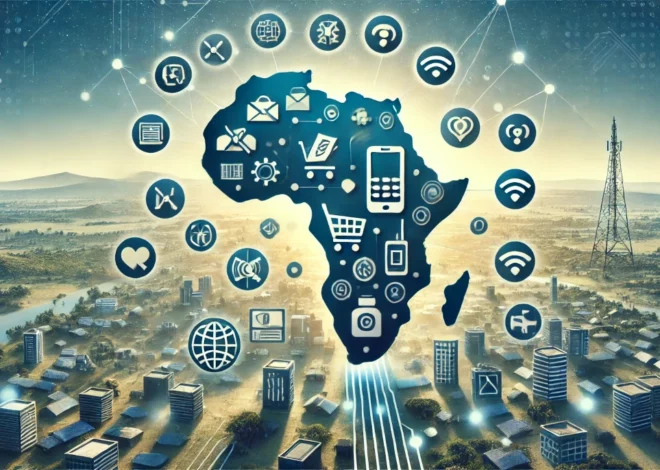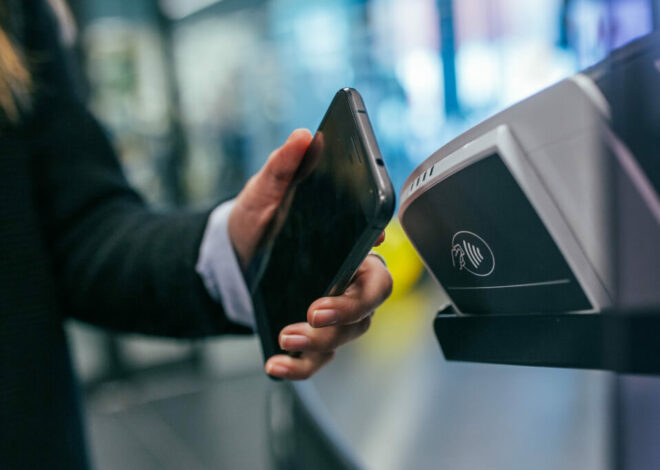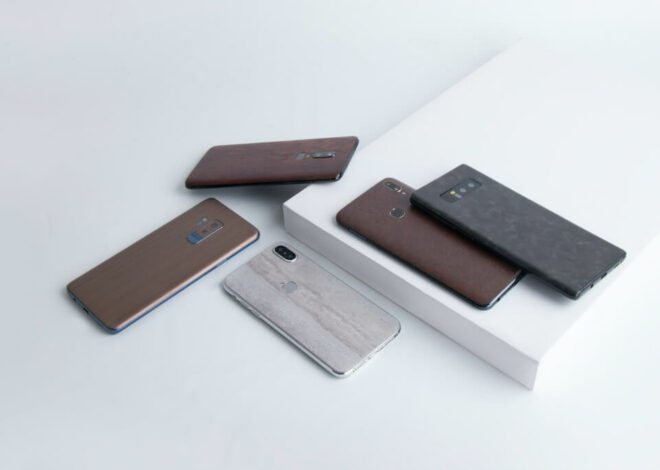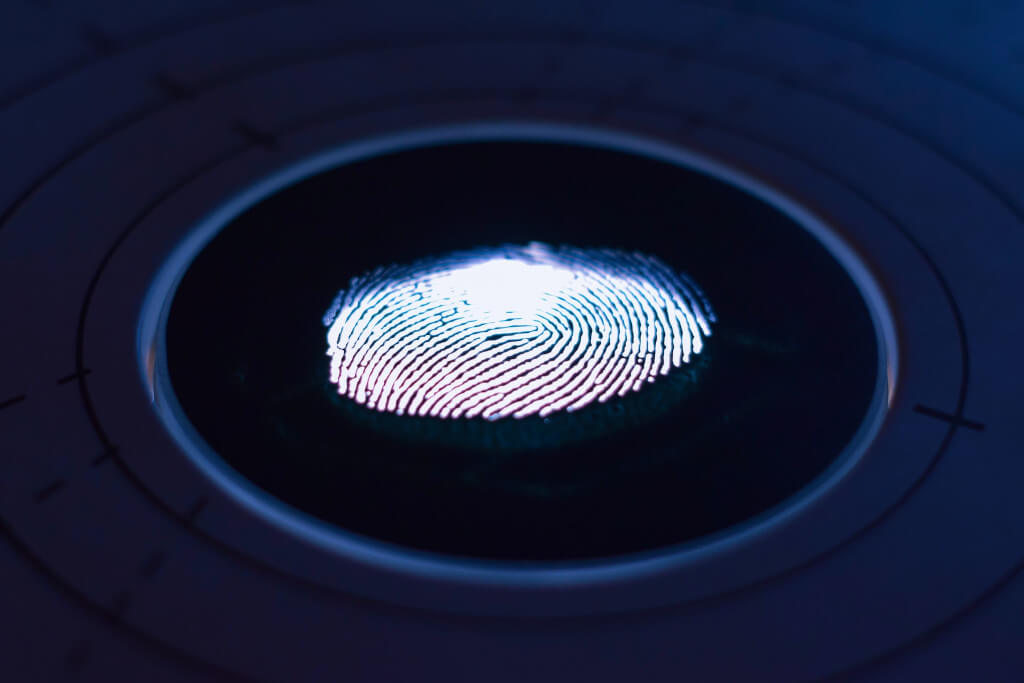
Biometrics in Mobile Tech
Imagine a time when unlocking your phone was limited to either a pin or pattern. Seems like a distant memory, doesn’t it? Over the last few years, biometrics has transformed the way you interact with your devices, making mobile technology both fascinating and a tad bit sci-fi. But it’s not all about fingerprints anymore. Let’s dive deep into the world of biometrics in mobile tech.
Diverse Biometric Techniques
It’s safe to say that fingerprint sensors were the trailblazers. Yet, as technology progressed, a multitude of biometric avenues emerged.
Facial Recognition: Apple made waves with its Face ID, but many other brands quickly adopted and enhanced this feature. By mapping unique points on your face, your phone ensures you’re the only one with access.
Iris Scanning: Eyes don’t lie, and certainly not to your smartphone. Certain devices now utilize sophisticated iris scanning technology, which analyzes the unique patterns in your eyes. It’s considered one of the most secure biometric methods because, well, your irises are as unique as it gets.
Voice Recognition: You’ve probably asked Siri, Alexa, or Google to complete tasks for you. Some phones have taken this a step further, allowing you to unlock your device or authenticate payments through voice commands.
Palm and Vein Patterns: Some brands have dabbled with recognizing the unique vein patterns in your hand. It sounds futuristic, but then again, so did fingerprint scanning once upon a time.
Biometric technology, undoubtedly, is changing the way we perceive mobile security. Dive deeper into why your phone becomes significantly safer when fortified by biometric authentication.
The Unyielding Security Shield
When you think of traditional pins or patterns, there’s always the possibility, albeit slim, that someone out there could take a lucky guess and get it right. The number of permutations might be high, but they’re still finite. Now, let’s compare this with the uniqueness of human biometrics:
Fingerprints: Every individual, including identical twins, has a unique fingerprint. This isn’t just about the swirling patterns you see; it’s about the minutiae points and ridges that your phone’s sensor reads. Hence, when a device is fingerprint-locked, it’s safeguarded by something that’s a one-in-several-billion kind of unique.
Facial Structure: Devices with advanced facial recognition, such as Apple’s Face ID, don’t just look at your photo. They map out thousands of unique points on your face. Even if someone has similar features, the probability of an exact match is nearly impossible.
Quick Access
Imagine you’re rushing to board a train, and you need to quickly check the ticket on your phone. With biometric access:
Split-Second Unlocking: Instead of fumbling with pins while juggling bags, a simple glance or touch instantly unlocks your device. It’s not just convenience; in emergencies, this rapid access can be crucial.
Adaptive Speed: Over time, many phones with biometric features learn and adapt, recognizing you even faster as they’re used more.
Personalization
In an age where every device aims to offer a personalized experience, biometrics has added a new dimension:
Dynamic Profiles: Consider multi-user tablets. Biometrics can differentiate users instantly. When you pick it up, it’s your personal device with your settings, apps, and wallpapers. When your child does, it transforms into their personal playground.
Smart Suggestions: Going beyond just appearance, imagine your device sensing your mood through your voice tone or facial expression, suggesting activities or playlists that align with how you feel.
Safety Nets for Young Users: Personalization isn’t just about convenience. For parents, it can act as a safety net. Biometrically tailored profiles can ensure children access only age-appropriate content, creating a secure digital environment.
With the integration of biometrics, mobile devices are becoming not just extensions of ourselves but reflections of our uniqueness. It’s not just about keeping intruders out; it’s about letting the genuine user in, and providing an experience tailored just for them. In this age of digital transformation, isn’t it fascinating how our primal, human characteristics are the key to futuristic technology?
Privacy Concerns in Biometrics
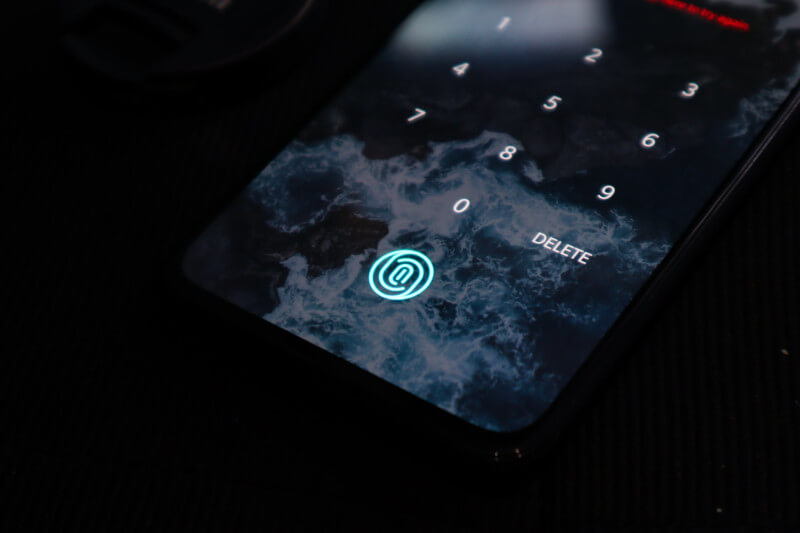
Biometrics indeed sounds like the future. Yet, as with any technology that deals with personal data, it’s bound to raise eyebrows and concerns.
Data Breach Risks: If someone does manage to hack into a system and access biometric data, it’s not like a password; you can’t just change your face or fingerprint.
Constant Monitoring: With your phone always ‘watching’ or ‘listening’ for biometric cues, it’s valid to feel like your privacy might be invaded. Who else can access this data?
Legal Gray Areas: While passwords can’t be legally demanded, what about your face or fingerprint? The law is still catching up with these nuances.
Unlocking the Future with Unique Identifiers
The path of innovation often bridges the past with the future. It’s genuinely fascinating that our own innate biological signatures—unchanged for millennia—are now intertwined with cutting-edge technology to secure our digital lives. This harmonization of biology with technology redefines how we interact with our devices and, in many ways, reclaims a bit of our individuality in an age of digital ubiquity.
Biometrics, as a field, isn’t just a technological advance; it’s a shift in how we approach security and personalization. It reintroduces the concept of uniqueness in a world often homogenized by shared digital experiences. No longer are you just another user behind a screen. Instead, your device recognizes and reveres your distinctiveness.
Yet, as with all innovations, it carries with it a responsibility. The promise of robust security is compelling, but it must be balanced with considerations of privacy. Our biological data, when used right, can be a shield against threats. But in the wrong hands, it might become a vulnerability. Hence, while we embrace this future, we must tread with caution, ensuring our data’s sanctity is preserved.
As we move forward, we can anticipate even more refined biometric technologies, encompassing aspects of our physiology we haven’t even considered yet. Perhaps the way we move, the rhythm of our heartbeat, or even the unique pattern of our thoughts might be the next frontier. One thing’s for sure, though: the future of mobile tech seems set to become even more intrinsically tied to who we are, in the most literal sense. So, as you unlock your device with just a glance or touch, take a moment to marvel at this synergy of ancient biology and modern tech, celebrating the individual in each of us.

